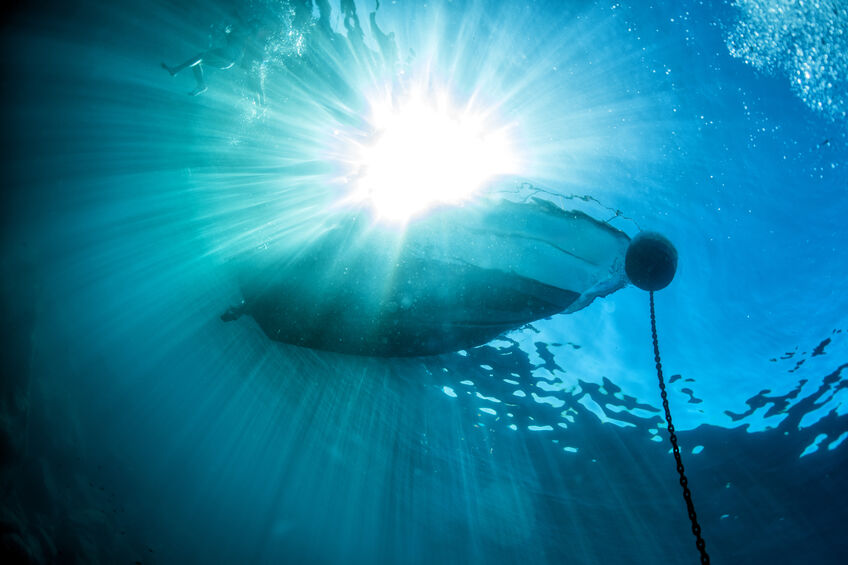If you want your boat to stay in place, you’ll typically tie it up to your dock. But what do you do if you’re out boating? In these instances, you’ll rely on your boat anchor. However, not all boat anchors are created equal. Here, we discuss the different types of boat anchors so that you’ll know which one is right for your boat.

Claw anchor
A claw anchor has three claws on the bottom that can easily grab onto mud, clay, sandy, or rocky bottoms. They work best with mud, clay, or sand rather than rocky settings, and they may not work well in areas of thick vegetation. Nevertheless, claw anchors provide a strong hold.
Mushroom anchor
Large mushroom anchors are used for moorings or securing buoys, while smaller ones are optimal for soft river bottoms. Mushroom anchors are not the strongest, so they should only be used for small fishing boats, personal watercrafts, or dinghies.
Fluke anchor
A fluke or danforth anchor is great for small boats thanks to the fact that they have great holding power while being able to fold flat and be stowed away. They’re especially effective in sand and hard-mud bottoms, but not so much on deep mud or grassy bottoms.
Plow anchor
These require a bit more effort than fluke anchors but are still a good choice if your anchor is secured on a bow roller. They’re also better in light grass and rocky bottom conditions than fluke anchors.
Grapnel anchor
Finally, there are grapnel anchors. These are shaped like grappling hooks and can grab onto structures on the bottom (such as rocks or submerged timber). They’re available in multiple sizes, meaning you can get them for small and large boats.
When you’re not out boating, make sure your boat is tied up good on your dock. For dock options, look through our website here at V-Dock.







Leave a Reply